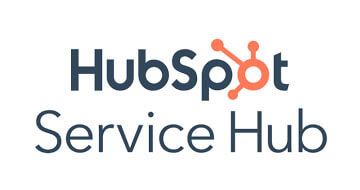
| Starting price | $50/mo |
|---|---|
| Pricing model | Subscriber based |
| Free Trial | 14-day |
| Free Version | No |
Feedback and review management software lets you collect, analyze, and respond to customer feedback and ratings to improve your reputation and make data-driven improvements. Find the best value feedback and review management tools for your needs on SaasGenius.
Check out our list of the best value feedback and review management software solutions on the market. Discover how these tools can help you gather insights, connect with customers, and build a great online reputation.

| Starting price | $50/mo |
|---|---|
| Pricing model | Subscriber based |
| Free Trial | 14-day |
| Free Version | No |
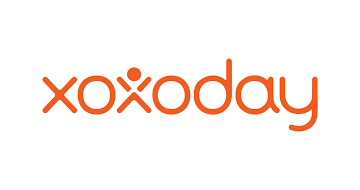
| Starting price | $299/mo |
|---|---|
| Pricing Model | Subscriber based |
| Free Trial | Yes |
| Free Version | Yes |
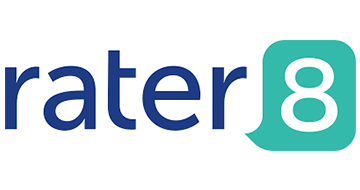
| Starting Price | $59/mo |
|---|---|
| Pricing Model | Per Doctor, Subscriber based |
| Free Trial | Yes |
| Free Version | No |
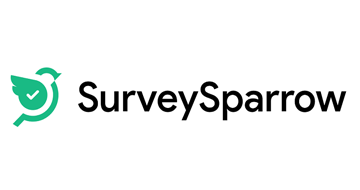
| Starting Price | $19/month |
|---|---|
| Pricing Model | Subscriber based |
| Free Trial | No |
| Free Version | Yes |
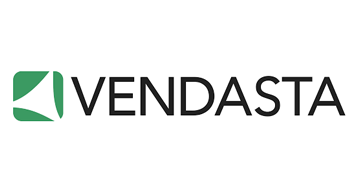
| Starting Price | $99/month |
|---|---|
| Pricing Model | Subscriber based |
| Free Trial | Yes |
| Free Version | No |

| Starting price | $49 |
|---|---|
| Free trial | Yes, 14 days |
| Free version | No |
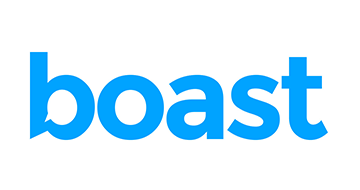
| Starting Price | $50/month |
|---|---|
| Pricing Model | Subscriber based |
| Free Trial | Yes |
| Free Version | No |
Feedback and review management software is a customer management tool that allows you to analyze and manage customer reviews.
Did you know that 90% of customers will read your business’ reviews before deciding whether to purchase? Many customers choose to leave reviews but how can you manage the data and use it to your business’s advantage?
Incorporating a feedback and review management software product into your business network system can help you to analyze customer reviews. Place the reviews in the best places for other customers to read them. Target customers directly to increase your number of reviews.
Exploit customer reviews for the advantage of your business! Manage reviews as a marketing tool to advertise your business and your products and aim for business growth.
Feedback and review management software can help a business assess customer reviews and address any concerns. You can capitalize on positive reviews and place them in view of a wide-reaching audience.
This software helps a business to analyze and track data, assess rankings, and rank higher in online searches. You can target the customer directly for a review and enhance your engagement levels and reputation.
How can review management tools help you? Here are the main benefits of using a feedback and review management software tool:
At SaasGenius, we follow a thorough evaluation methodology to evaluate the best feedback and assessment management software options. Our evaluation process includes a thorough analysis of user reviews, expert opinions, and key features of each software solution. For a detailed explanation of our methodology, visit our full rating methodology page. SaasGenius is dedicated to helping you find the best software solutions for your feedback and evaluation management needs.
The features of feedback and review management software include improving the reach and reputation of the business. You can effectively manage customer reviews and use reviews as a key marketing tool.
Here are the top 5 most popular features of feedback and review management software tools:
The benefits of feedback and review management tools are far-reaching and can help a business increase its growth exponentially. Integrating this tool into your company system can help develop customer trust and reach whilst making your business visible.
Here are the main benefits of using a feedback and review management tool in your business.
Use a feedback and review management system to maintain all of your customer reviews and expert reviews in one place. Never miss a customer review! Access a comprehensive dashboard so you can see all reviews whenever you need to.
There are many different review sites where a customer can leave a review about your business. How do you know that you are reading all customer and expert reviews concerning your business?
Never miss a positive or negative feedback point again with all reviews loaded to your bespoke review dashboard!
You can use this benefit to capitalize on positive reviews, making sure that these reviews are visible to customers and industry experts. You can also act on any negative review points and make important improvements to your business.
Continually improve your business with the help of your customers’ insights! Your customers experience first-hand the products and services that your business has to offer. They are best placed to judge the pros and cons of your business and your products or services. Let your customers help you to grow your business and be as successful as possible.
Using a review management system will increase your number of reviews. Make your business unmistakable and distinguishable from the competition!
Customers will leave reviews more often if they see previous customer reviews have already been created. Entice your customers to express how they feel about your business! Witness your customer contact levels increase as you develop and grow your business.
Excellent reviews are derived from great customer experiences. Retain your customers and increase your customer engagement levels through user feedback and review management tools.
Make your business relatable and create customer loyalty for your business. Your customers will want to visit your business time and time again!
Attract new customers through capitalizing on existing customer reviews. When your customer posts a review on an online platform, their social media friends will see that review. Generate leads and grow your business through a review management system!
When a customer creates a Google search, you need to be at the top of the search! The top few results will be noticed by the customer and so ranking lower may be hurting your potential growth.
A greater number of reviews can provide a strong signal to the Google search engines, assessing your business to be reputable. Create a high number of reviews to improve your Google rank by using a review management system.
Your reviews will be contained in the system dashboard, aiding ease of use for you and your business. Track reviews and generate effective replies, whilst taking action on negative reviews.
Analyze review data to assess what areas your business needs to work on and which areas are working well. Using analytics, you can see real-time improvements to your reviews and your customers’ perceptions.
All types of companies should purchase a feedback and review management software product! Every company thrives on positive customer experiences, from small businesses to medium businesses and beyond!
Small businesses and recently launched businesses need to let customers know they exist. Using a review management tool can encourage customers to leave reviews. This inturn increases customer engagement and customer reach. A small business can experience significant growth in a short period when using a review management system.
A medium business will already be well-known to customers, but what about its reputation? A medium business needs a great reputation to stand out from its competitors and to develop customer loyalty and retention. Using feedback and review management tools can help a medium business to achieve this, capitalizing on positive reviews.
An entrepreneur will need to reach their target customers when developing their enterprise. Using review management systems can ensure that an enterprise reaches every corner of the globe.
The cost of a feedback and review management tool will vary depending on the brand you use. Typically, prices fall between $60 to $110 per month per user. Although some companies will provide bespoke, tailored packages for larger businesses and specific enterprises.
Price ranges:
Try a variety of tools to determine which review management system will benefit you before purchasing. You will be under no obligation to purchase the software and can use the tool firsthand to assess the benefits.
Our best feedback and review management software list is a great place to start finding the best quality tool for you.